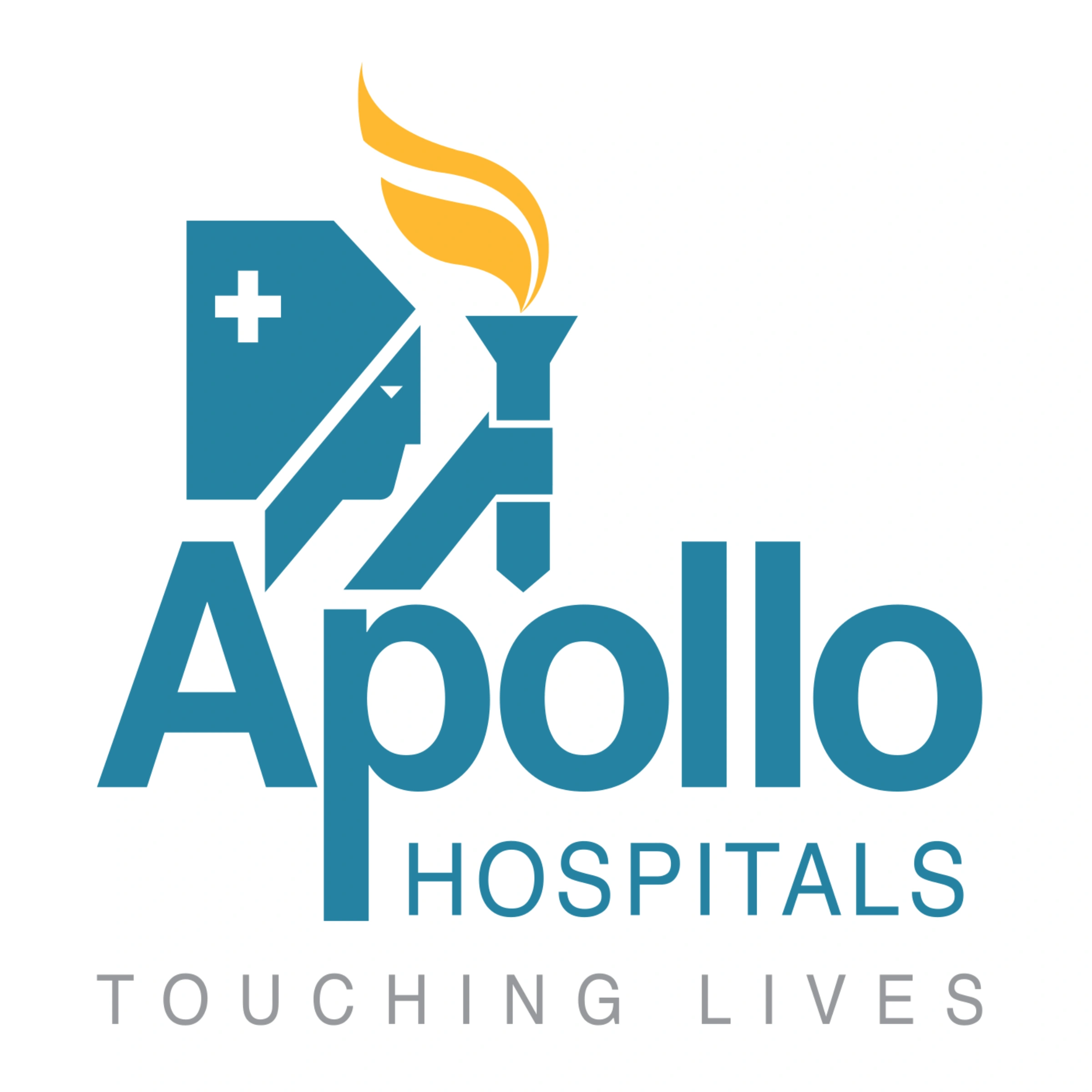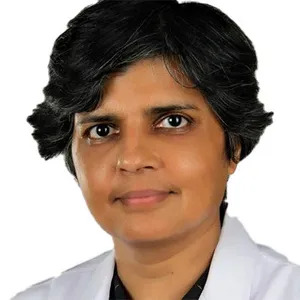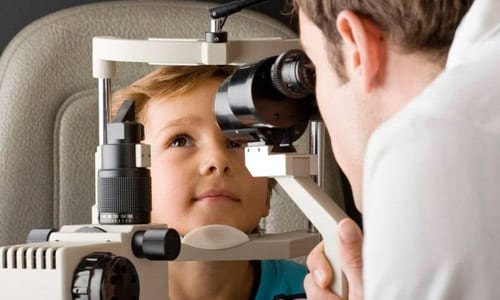What Is Pediatric Ophthalmology?
Pediatric ophthalmology is a specialized branch of eye care focused on diagnosing and treating eye disorders in infants, children, and adolescents. Early detection and timely treatment of eye conditions in children are crucial for ensuring proper vision development and preventing long-term complications.
Key Focus Areas in Pediatric Ophthalmology:
- Detecting and treating visual disorders early in life.
- Addressing congenital or developmental eye issues.
- Preventing and managing eye injuries or infections.
Why Choose India for Pediatric Ophthalmology Treatments?
India is home to some of the best pediatric ophthalmologists and advanced eye care facilities, offering high-quality care at affordable prices.
Key Advantages:
- Specialized Care: Pediatric eye specialists trained to handle children’s unique needs.
- State-of-the-Art Facilities: Equipped with advanced diagnostic and treatment technologies.
- Cost-Effective Treatments: Affordable solutions compared to Western countries.
- Child-Friendly Approach: Emphasis on making children feel comfortable during treatment.
- Internationally Accredited Hospitals: Ensuring the highest standards of care.
Common Pediatric Eye Disorders Treated in India
- Squint (Strabismus):
- Misalignment of the eyes, where one or both eyes may turn inwards, outwards, upwards, or downwards.
- Treatment Options:
- Vision therapy.
- Prism glasses.
- Squint correction surgery for severe cases.
- Amblyopia (Lazy Eye):
- Poor vision in one eye due to lack of use during childhood.
- Treatment Options:
- Patching the stronger eye.
- Eye exercises and vision therapy.
- Glasses or contact lenses to correct refractive errors.
- Congenital Cataracts:
- Clouding of the lens present at birth or early in life, affecting vision.
- Treatment Options:
- Cataract surgery to remove the cloudy lens.
- Use of glasses or contact lenses post-surgery.
- Refractive Errors:
- Nearsightedness, farsightedness, or astigmatism requiring corrective lenses.
- Treatment Options:
- Prescription glasses or contact lenses designed for children.
- Blocked Tear Ducts:
- Congenital obstruction of tear drainage pathways, causing watery eyes or infections.
- Treatment Options:
- Massaging techniques to open ducts.
- Minor surgery (probing or stenting) in persistent cases.
- Retinopathy of Prematurity (ROP):
- Abnormal development of retinal blood vessels in premature babies.
- Treatment Options:
- Laser therapy or cryotherapy.
- Intravitreal injections for severe cases.
- Congenital Glaucoma:
- Increased intraocular pressure damaging the optic nerve in newborns or infants.
- Treatment Options:
- Specialized glaucoma surgery.
- Medications to control intraocular pressure.
Pediatric Ophthalmology Procedures
- Comprehensive Eye Exams:
Specialized diagnostic tools for children, such as retinoscopy and orthoptic evaluation.
- Squint Correction Surgery:
Surgical realignment of the eye muscles to improve eye coordination.
- Cataract Surgery:
Removal of the cloudy lens with implantation of an artificial lens for clear vision.
- Vision Therapy:
Exercises and activities designed to improve visual skills and coordination.
- Laser Treatments:
Effective for conditions like ROP or congenital cataracts.
- Probing for Tear Duct Blockage:
Non-invasive or minimally invasive procedures to open blocked tear ducts.
Symptoms Indicating Pediatric Eye Issues
Parents should watch for these symptoms, which may indicate an eye problem in children:
- Misaligned or crossed eyes (squint).
- Frequent eye rubbing or squinting.
- Difficulty focusing or following objects.
- Watery, red, or swollen eyes.
- Sensitivity to light.
- Persistent headaches or difficulty reading.
Early diagnosis and treatment can prevent long-term vision issues.
Benefits of Pediatric Ophthalmology Treatments
- Enhanced Vision: Early treatment ensures proper visual development.
- Improved Quality of Life: Clear vision boosts confidence and learning abilities in children.
- Prevention of Long-Term Damage: Timely care prevents complications in adulthood.
- Child-Friendly Treatments: Focus on making the experience comfortable for children.
Why Choose Healtour Solutions for Pediatric Ophthalmology?
Healtour Solutions ensures that your child receives the best possible care from India’s top pediatric ophthalmologists.
Our Services Include:
- Access to reputed pediatric eye care centers and specialists.
- Assistance with diagnosis, treatment planning, and post-treatment care.
- Full support with travel, accommodation, and hospital appointments.
- Transparent pricing with no hidden charges.
- Personalized guidance for international patients.
Cost of Pediatric Ophthalmology Treatments in India
India offers cost-effective pediatric eye care without compromising on quality.
Estimated Costs:
- Comprehensive Eye Exam: ₹2,000 – ₹5,000 (Approx. $25 – $65).
- Squint Correction Surgery: ₹30,000 – ₹60,000 (Approx. $400 – $800).
- Congenital Cataract Surgery: ₹40,000 – ₹70,000 (Approx. $500 – $900).
- Vision Therapy: ₹1,000 – ₹2,500 per session (Approx. $15 – $35).
Post-Treatment Care
Ensuring proper care and follow-up after pediatric ophthalmology treatments is essential for long-term success.
Tips for Parents:
- Ensure your child uses prescribed medications and corrective lenses as directed.
- Schedule regular follow-ups to monitor progress.
- Encourage eye exercises or vision therapy if recommended.
- Protect your child’s eyes from injury or strain.
Frequently Asked Questions (FAQs)
- What is the ideal age for squint correction?
Squint correction surgery is usually performed between 2 and 5 years of age, depending on the severity of the condition.
- Can children outgrow amblyopia?
Amblyopia should be treated during childhood to achieve optimal results; untreated cases may persist into adulthood.
- How can I detect if my child has a vision problem?
Look for symptoms like difficulty focusing, frequent eye rubbing, or complaints of blurry vision.
- Are pediatric eye treatments safe?
Yes, treatments are safe and tailored specifically for children by experienced specialists.
- Does my child need general anesthesia for surgery?
Yes, general anesthesia is typically used to ensure the child’s comfort and cooperation during surgery.
- How long does it take for children to recover after eye surgery?
Recovery is generally quick, with most children resuming normal activities within a few days.
- Will my child need glasses after squint correction surgery?
Glasses may still be required to address refractive errors or fine-tune vision.
- How often should my child’s eyes be checked?
Regular eye exams are recommended annually or as advised by the specialist.
- Can congenital cataracts be completely cured?
Surgery effectively removes cataracts, and vision can often be fully restored with appropriate post-surgery care.
- Is vision therapy effective for lazy eye?
Yes, vision therapy combined with other treatments like patching can significantly improve outcomes in amblyopia.



